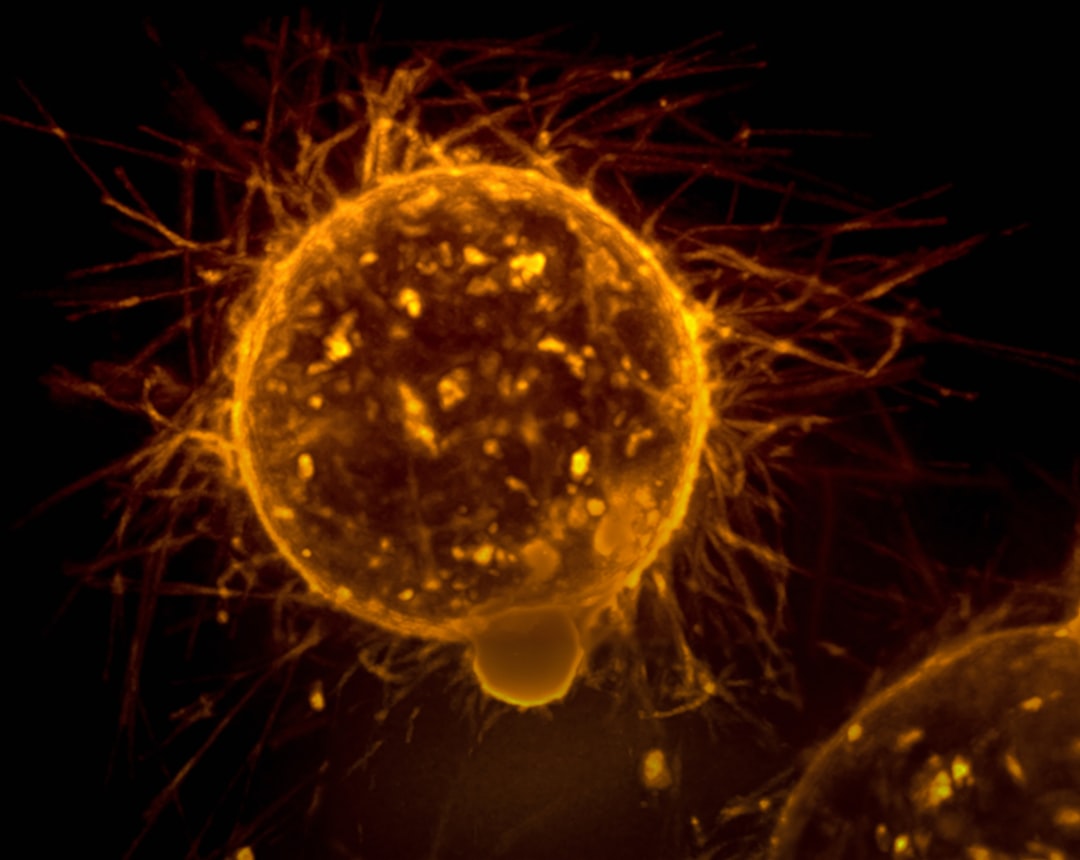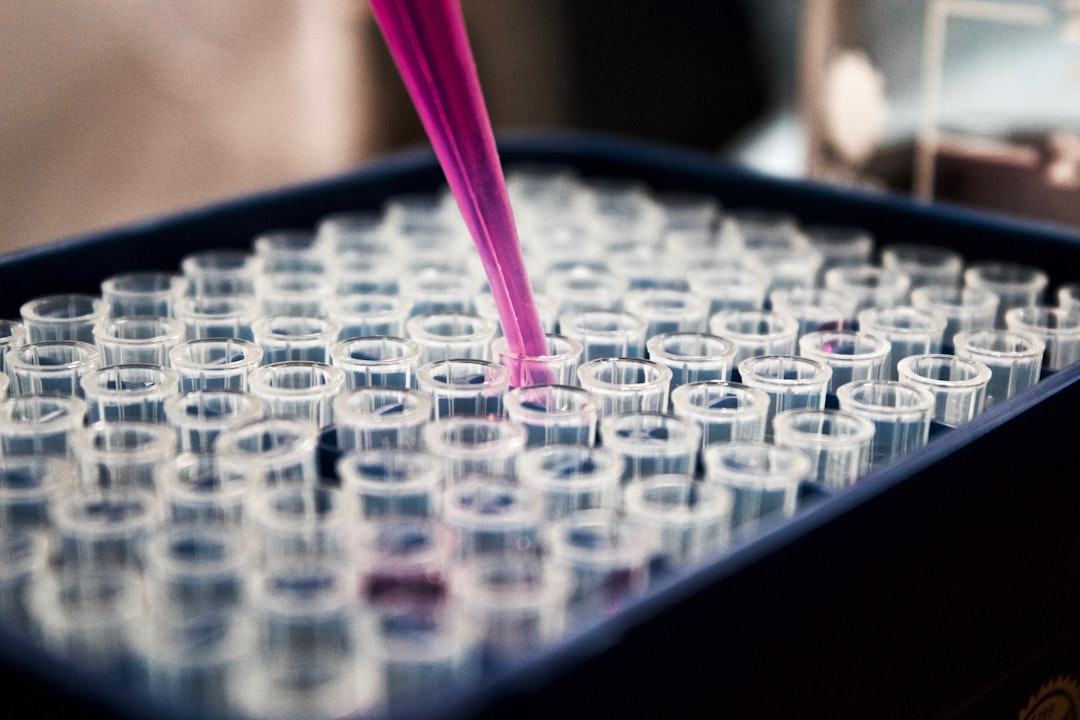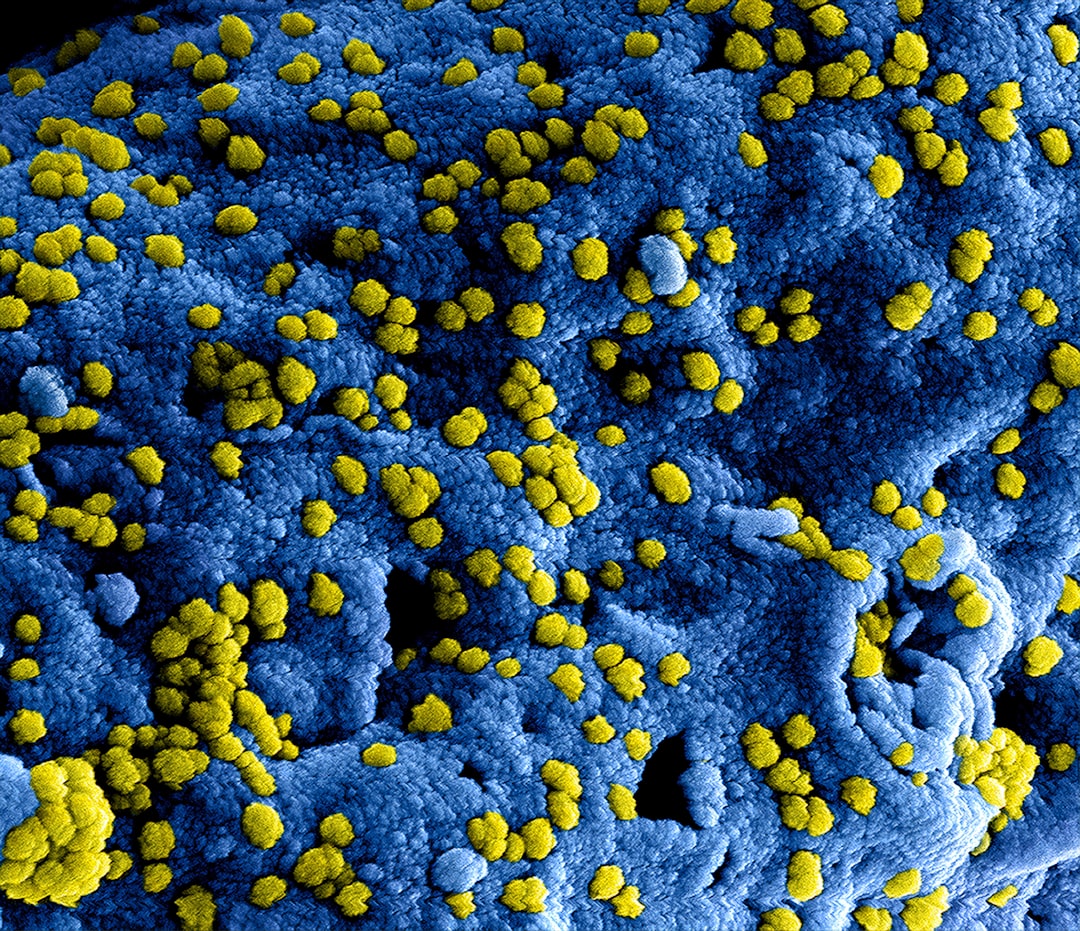What is it about?
The CFTR failure induces intracellular Cl- accumulation, which acts as a second messenger stimulating the expression of differents CFTR-dependent genes, such as RPS27.
Featured Image
Why is it important?
This work is important since it is the first that actually links CFTR and Cl- as a second messenger for CFTR, modulating the expression of RPS27, among other CFTR-dependent genes.
Perspectives
It is now very important to know how Cl- starts the CFTR signaling. Several effectors in the CFTR signaling pathway were identified, including c-Src and MUC1, IL-1b, etc. One of the first actions involve the increased secretion of IL-1b, which in turn starts an autocrine positive feedback loop that enhances its own expression and signaling. This induces, among other things, a reduction in the mitochondrial Complex I activity and increased cellular ROS levels. Thus, to clearly understand the CFTR signaling we need to understand first how Cl- induces the IL-1b secretion...
Dr Tomás A. Santa Coloma
Institute for Biomedical Research (BIOMED), CONICET, UCA
Read the Original
This page is a summary of: CFTR modulates RPS27 gene expression using chloride anion as signaling effector, Archives of Biochemistry and Biophysics, November 2017, Elsevier,
DOI: 10.1016/j.abb.2017.09.014.
You can read the full text:
Resources
Contributors
The following have contributed to this page










